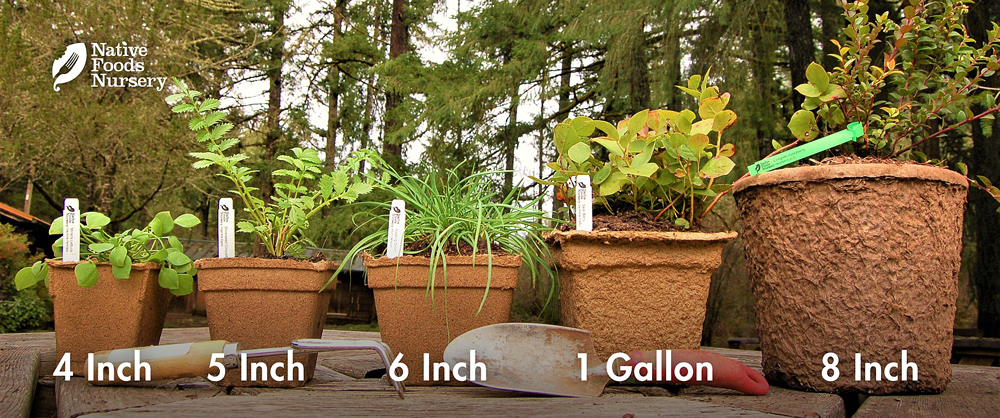Early Blue Violet is a beautiful groundcover and wildflower with edible blue-purple flowers and edible heart-shaped leaves.
Edible Uses
Violet leaves are evergreen and prolific in milder parts of our region. They can be used as a nutritious fresh salad green, a potherb, or as a tea. They have a mild taste and soft texture that melts in your mouth, similar to Checkerbloom. They can be used to thicken soups or broth. The flowers are also a native food source used in salad mixes, as a coloring, or candied as a dessert or cake decoration.
Leaves and flowers are high in Vitamin C and A. This important plant was also used by Native Americans cultures for a variety of medicinal purposes, from digestion issues to asthma to inflammation.
CAUTION: Rhizomes, fruits, and seeds are NOT edible. They are toxic to humans.
Ornamental Qualities
Early Blue Violet is widely known for its ornamental excellence. It is a pleasant groundcover with heart-shaped leaves that produces a continuous show of blue-purple flowers from very early spring through summer. It’s flowers have the characteristic spurred violet shape, hanging like lanterns off small green stems - similar to Nodding Onion. A great replacement for pansies in the home ornamental landscape, or amidst other groundcovers in the rockery. Looks beautiful with Evergreen Violet and Oregon Stonecrop.
Environment and Culture
Early Blue Violet’s wild home is in dry to moist meadows, open woods, and other disturbed areas throughout the Western States. It can handle a wide range of moisture levels, light levels, elevations, and soil types - an easy and adaptable plant. It’s a critical and declining food plant for several endangered butterfly species, like the Oregon Silverspot and Mardon Skipper, as well as native bee species. Birds and mice rely upon its seeds for food. It can be found naturally growing with Evergreen Violet, Slender Hairgrass, and Miner’s Lettuce.
Harvest, Care, and Preparation
Early Blue Violet is a great native, perennial vegetable. It’s easily harvested by hand, or with a small knife. Eat leaves and flowers raw as you walk by, or collect for a wild salad. Get creative and experiment with the flowers as garnish, coloring, or decoration for elegant dishes.
- Native Range: Western States, and beyond.
- USDA zones: 4-8
- Ease of Care: Easy
- Deer Resistance: High
- Light Requirements: Part Shade
- Soil Type: Any, prefers well-drained
- Water Requirements: Dry to Moist
- Pollination: Self-Fertile
- Bearing Age: 1 yr from seed
- Size at Maturity: 4 inch
- Plant Spacing: 8-12 inches
- Bloom Time: Early Spring
- Harvest Time: All year long in mild climates.
Pot Sizing Guide
